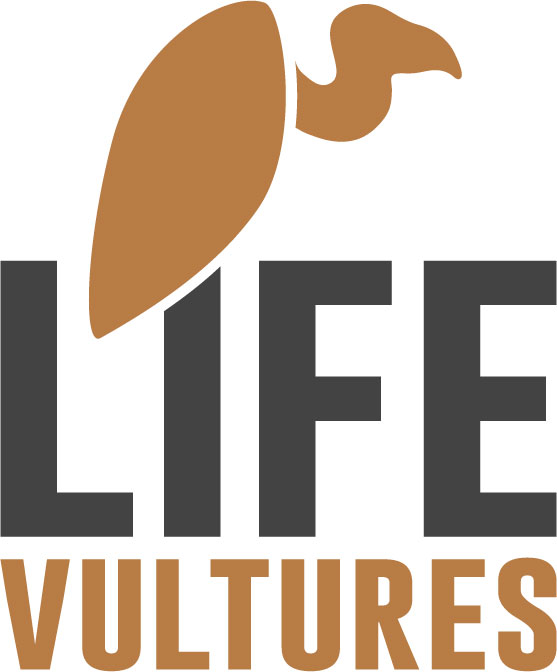
The illegal use of poison baits to target animals is the most significant threat to vultures worldwide, according to the Vulture Multi-Species Action Plan (Vulture MsAP), co-developed by us at the Vulture Conservation Foundation (VCF) and endorsed by the CMS. Not only does poisoning threaten vultures, but it also puts nature, animals and humans in danger. But there are some good news. Several projects and initiatives are currently combating this severe problem – one of the ways is by using anti-poisoning dog units!
Watch the animated video “Anti-Poisoning Dog Units: how working dogs help combat illegal wildlife poisoning” below and learn more.
What are anti-poisoning dog units?
Despite being illegal, people frequently use poison baits to kill predators such as foxes and feral dogs, which can potentially harm livestock or game species. This damaging practice can, in turn, have adverse consequences on wildlife and vultures, which widely forage for carrion. Anti-poisoning dog units can help mitigate this threat.
Each Anti-poisoning dog unit consists of a human handler and a working dog. Using the dog’s superior sense of smell, these units actively inspect rural and remote areas to remove poison from nature and help prevent animals from getting hurt. Essentially, an anti-poisoning dog unit can improve the process for responding to and handling poisoning incidents – a crucial aspect in dealing with this problem.
Some examples include the LIFE Imperial Eagle Project in Hungary, LIFE Against Poison Crete and LIFE Under Griffon Wings. In the Balkans, the first two units began operating within the Return of the Neophron project and now continue with the Egyptian Vulture New LIFE project. The LIFE RE-Vultures project in the Eastern Rhodopes also utilised anti-poisoning dog units to combat poisoning and protect the Cinereous and Griffon Vulture populations in the region.
LIFE RE-Vultures and anti-poisoning dog units

Four years ago, as a pilot measure led by the Bulgarian Society for the Protection of Birds within the LIFE RE-Vultures project, established the first anti-poisoning dog unit to combat poisonous baits in Bulgaria. The goal was to apply successful international experience using specially trained sniffing dogs to track and locate poisons, poison baits and dead animals. The team also played a key role in helping competent authorities in investigating such serious crimes against nature. This unit has completed 153 anti-poison patrols in the frame of the project, with a total of 310 findings is 310, of which 40 were illegally poisoned animals, 7 were animal remains and 10 were poisoned baits. The anti-poisoning dog unit found poisoned 11 animal species, and vultures comprised 17.5% of all victims.
The project also supported the continuation of one more unit led by WWF Greece that operates in Dadia and the surrounding area.
The animated video was created by Cirenia Sketches and produced by the VCF within the LIFE RE-Vultures project.
LIFE RE-Vultures

Starting in 2016, the five-year LIFE RE-Vultures project was developed by Rewilding Europe, in collaboration with the Rewilding Rhodopes Foundation the Bulgarian Society for the Protection of Birds, WWF Greece, the Hellenic Ornithological Society and us here at the Vulture Conservation Foundation. The aim of the project is to support the recovery and further expansion of the populations of Cinereous and Griffon Vultures in the cross-border region of the Rhodope Mountain by improving natural prey availability, monitoring movements of birds to help understand the threats they face and carrying out activities that will reduce the mortality of the populations from threats such as illegal wildlife poisoning and collisions with electricity infrastructure.




